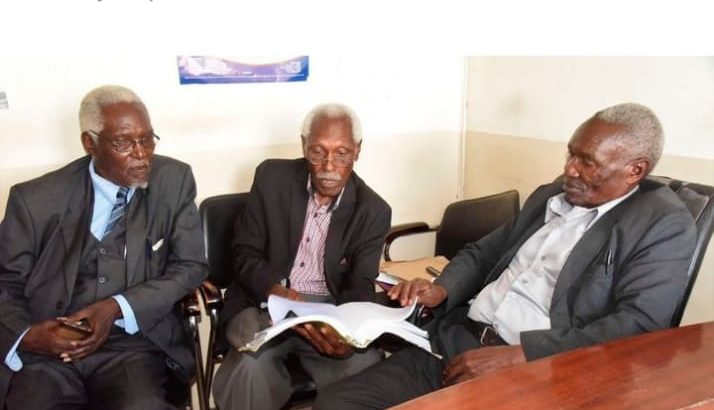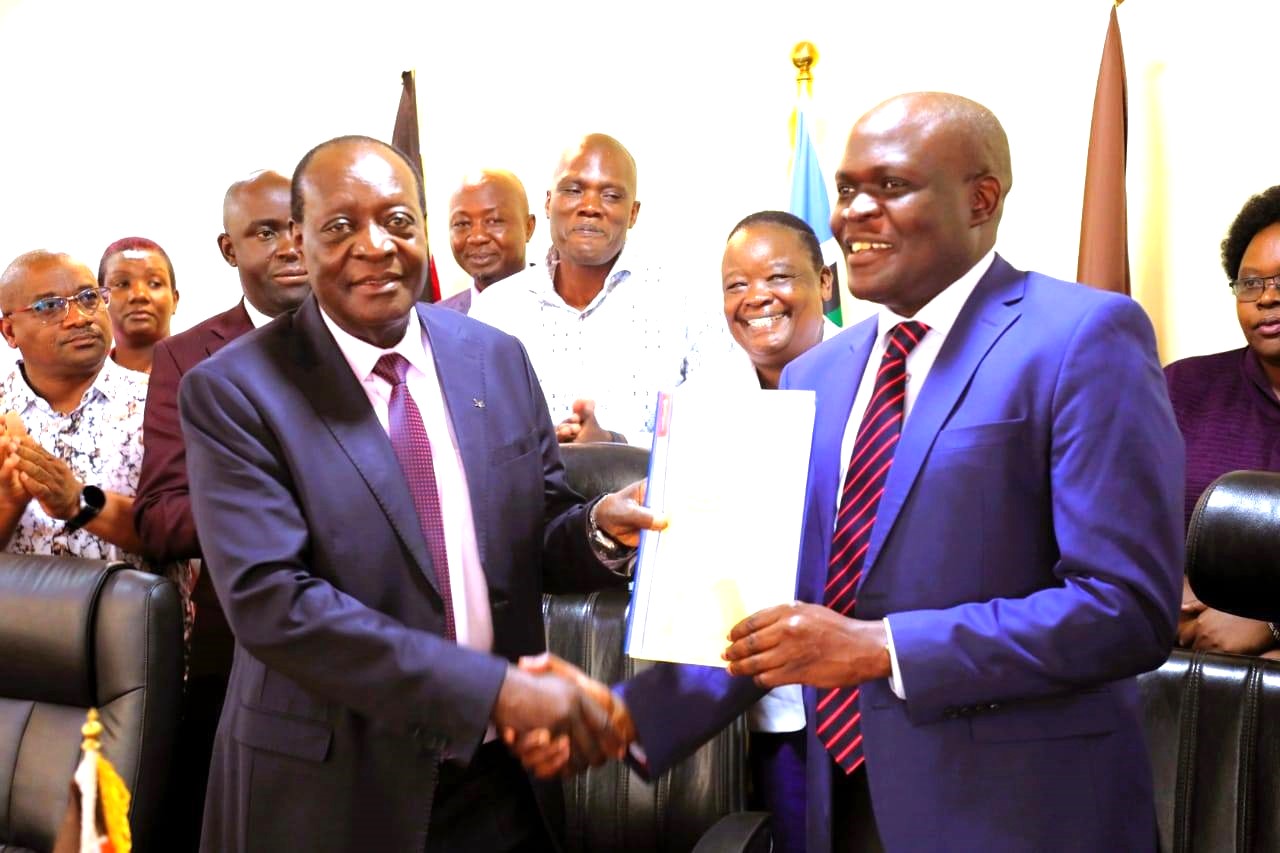Retirement is often viewed with a mix of anticipation and anxiety. For teachers, who dedicate decades to shaping young minds, the transition from active service to retirement can feel daunting. However, retirement is not a period to fear—it is a well-earned milestone, a reward for years of service, and an opportunity to embrace new beginnings. Understanding how pension is calculated, knowing the necessary clearance procedures, and maintaining accurate records can make this transition smooth and stress-free.
A teacher’s pension is the financial foundation of retirement. It is primarily determined by the final basic salary and the total years of pensionable service. Teachers who joined service before January 2021 are covered under the old non-contributory scheme, where pension and gratuity are based on the last salary and total years of service. Teachers may choose to commute up to 25 percent of their pension as a lump sum, reducing monthly payments but giving immediate financial support.
Those who joined after January 2021 are covered under the Public Service Superannuation Scheme (PSSS), a contributory scheme where both the teacher and government contribute monthly. The pension is calculated from the total contributions plus accrued interest, and benefits are disbursed as a monthly pension along with any applicable lump sum. In both schemes, the exact pension is determined after verification of service records and submitted documentation by the TSC and Treasury.
Understanding key pension terms can demystify retirement. Gratuity is the one-time lump sum received at retirement, while pensionable emoluments refer to the salary used to calculate pension. Pensionable service covers the years spent in permanent and pensionable roles, and commutation allows a teacher to receive a portion of the pension upfront. Other important terms include annual pension, monthly pension, lump sum, death gratuity, terminal benefits, qualifying service, and deferred pension. Familiarity with these terms ensures teachers are aware of their rights and benefits.
ALSO READ:
Against all odds, 79-year-old Kisii man enrolls in TVET to hone his skills in Agriculture
Teachers may exit service through ordinary retirement, early voluntary retirement, medical retirement, resignation, or, in unfortunate circumstances, termination or death in service. Some may transfer to other public institutions or retire due to the abolition of office. Each exit pathway affects how pension and benefits are calculated, underscoring the importance of clear documentation and planning.
The clearance process is a critical step before pension is disbursed. Teachers must submit a retirement notice; provide personal identification, bank account details, and service records including appointment letters, confirmations, promotions, and timesheets. Clearance forms confirming no pending liabilities must be signed, and all school property such as cash, logbooks, inventories, and development plans must be surrendered.
Disciplinary and performance records must confirm that there are no unresolved issues. Additionally, accurate next-of-kin information is essential to ensure death gratuity or deferred benefits are properly allocated. Verification by TSC and Treasury finalizes the process, ensuring that pension, gratuity, and other benefits are processed promptly.
Maintaining accurate records throughout a teaching career is key to demystifying retirement. Proper records ensure all service years and promotions are recognized, facilitate smooth clearance, prevent delays, and provide legal and financial accountability. Up-to-date records of next of kin and beneficiaries guarantee that families receive their rightful benefits. Organized records reduce stress and provide peace of mind, allowing teachers to approach retirement with confidence.
Retirement is not an ending—it is a beginning. It is a time to pursue personal goals, hobbies, volunteer work, mentorship, or even new professional ventures. With careful planning and a clear understanding of pension and clearance requirements, teachers can step into retirement confidently. Proper preparation ensures financial security and a seamless transition, making retirement a season to celebrate achievements and enjoy the rewards of a lifetime of service.
By demystifying retirement, teachers can move forward without anxiety, knowing that their years of dedication have earned them dignity, recognition, and stability. Retirement is a well-deserved opportunity to reflect, relax, and embrace life beyond the classroom.
By Hillary Muhalya
You can also follow our social media pages on Twitter: Education News KE and Facebook: Education News Newspaper for timely updates.
>>> Click here to stay up-to-date with trending regional stories
>>> Click here to read more informed opinions on the country’s education landscape






